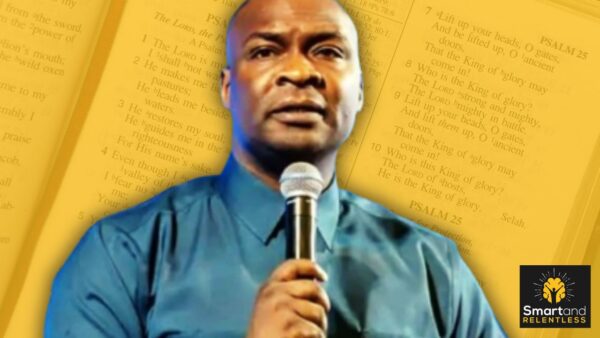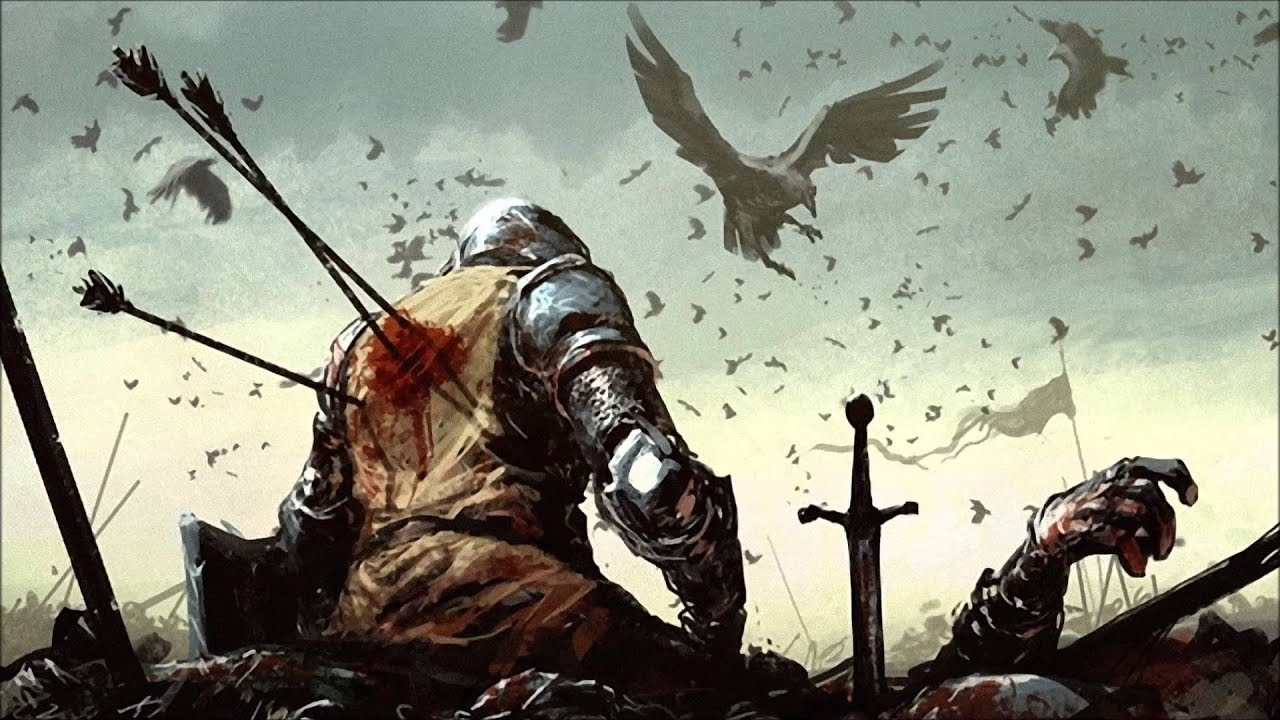Be Smart and Relentless!
Subscribe to receive updates on the latest faith-based success tips, cutting-edge entrepreneurial concepts, and exciting opportunities.
The world’s oldest Hebrew Bible, a manuscript more than 1,000 years old, and renowned as one of the most significant texts in human history, has achieved a historic sale price of $38.1 million at Sotheby’s auction in New York. Known as the Codex Sassoon, this manuscript, dating from the late 9th or early 10th century, is believed to be the earliest and most comprehensive Hebrew Bible in existence. The previous record for the highest auction sale was held by Leonardo da Vinci’s Codex Leicester, which fetched $30.8 million in 1994, as reported by Sotheby’s.
Source – Link
Though the Codex Sassoon fell short of its estimated value of $50 million, it had been showcased in the United Kingdom and Israel before the auction. Sharon Mintz, Sotheby’s senior specialist in Judaica, books, and manuscripts, stated that “this is the most important document ever to be auctioned.”
The Hebrew Bible, a cornerstone of the three Abrahamic faiths—Judaism, Christianity, and Islam—holds immense cultural and religious significance. Despite its historical importance, the Codex Sassoon remained largely hidden from the public eye, as mentioned in a statement by Sotheby’s.

Mintz described the Codex Sassoon as a “lavish production that only the wealthiest could have afforded,” consisting of 792 parchment pages made from animal skins, weighing approximately 26.5 pounds. The manuscript’s previous owner, who acquired it in 1989, was eager to share this rare treasure with the world.
The Codex Sassoon is believed to be the first-ever codex or book-form manuscript of the Hebrew Bible. Before its creation, biblical texts existed only in scroll form, such as the Dead Sea Scrolls, which lacked verses, chapters, and punctuation. The ancient Jewish community relied on oral tradition to transmit and preserve the Bible’s message.
Today, only two codices from the 10th century containing almost the entire Hebrew Bible are known—the Codex Sassoon and the Aleppo Codex, housed at the Israel Museum in Jerusalem. However, the Aleppo Codex sustained significant damage in a 1947 synagogue fire, with only a fraction of its original pages surviving. In contrast, the Codex Sassoon is missing only 12 full pages, making it the earliest and most complete known copy of the Hebrew Bible, according to Sotheby’s.
The historical significance of the Codex Sassoon extends beyond its printed content, with centuries-old handwritten annotations and inscriptions adding depth to its remarkable journey. Annotations from the early 11th century mention a sale by Khalaf ben Abraham, possibly in Israel or Syria, to a man named Isaac ben Ezekiel al-Attar, who later passed it on to his two sons. In the 13th century, the codex was dedicated to the synagogue of Makisin (modern-day Markada in northeastern Syria).
At some point, the manuscript was likely rebound and inscribed with the words “consecrated to the Lord God of Israel to the synagogue of Makisin.” Despite being entrusted to a community member named Salama bin Abi al-Fakhr with the intention of returning it to a rebuilt synagogue, the building was never reconstructed. The Codex Sassoon continued its remarkable journey until it was acquired by David Sassoon in 1929.
Source – Article source MyVintageBibles.com
Author

Recent Posts
Related Articles
How to balance faith and a busy lifestyle
In today’s fast-paced society, many Christians struggle to find time for God...
ByAdminSeptember 26, 2024How to be unstoppable in Christ
Being in Christ grants you a profound advantage that surpasses anything this...
ByAdminAugust 25, 202410 Ways to Attract God’s Blessings in Your Life
Blessings are often seen as divine gifts that bring positivity, abundance, and...
ByAdminNovember 27, 202350 Prayers to Destroy Demonic Attacks – Spiritual Warfare Breakthrough
In a world filled with both visible and invisible battles, we often...
ByAdminNovember 27, 2023













